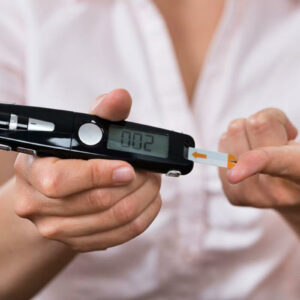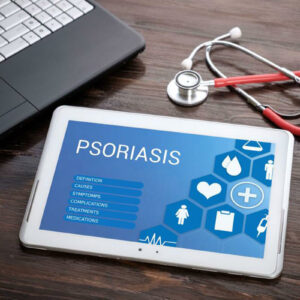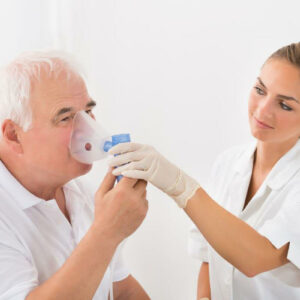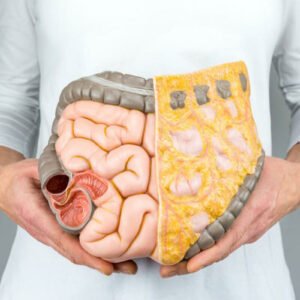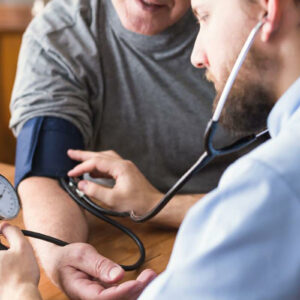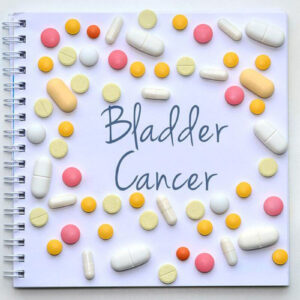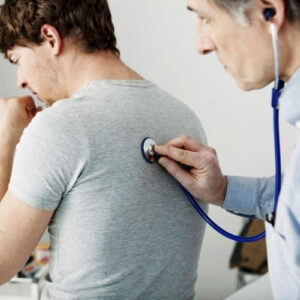
01
Make These Changes Today to Improve Your COPD Symptoms
Some seemingly insignificant lifestyle changes can go a long way in effectively managing COPD symptoms. Here are the steps that you can take. Chronic obstructive pulmonary disease (COPD) is a progressive lung condition that creates difficulties in breathing. This disease causes an obstruction in the airflow from your lungs, resulting in troubled breathing. In most cases, COPD is caused owing to long-term exposure to certain pollutants such as dust, chemical gases, fumes, and cigarette smoke. Some other COPD symptoms include persistent coughing, wheezing, lack of energy, tightness in the chest, and shortness of breath particularly during physical activities. If you have COPD, it increases your risk of developing other health conditions, which include heart diseases and lung cancer. However, the good news is that COPD is a treatable disease. The proper medication and treatment can enable COPD patients to manage their symptoms well and have a comfortable daily living experience. In addition to doctor consultations and treatments, you can make some small lifestyle changes and incorporate certain habits that will go a long way in keeping your COPD symptoms under control. Here are some things that can make breathing easier for you, and reduce the discomfort caused by COPD symptoms. Quit smoking One of the chief causes of COPD is smoking, and if you are a smoker, kicking the habit can be an effective way of reducing your COPD symptoms. Being diagnosed with the lung condition and the manifestation of the COPD symptoms mean that your lungs have already suffered considerable damage owing to your smoking. Although this damage cannot be reversed, stopping smoking will prevent any further damage to your lungs. With time, you will notice that your COPD symptoms are reduced, and breathing is far easier than it was initially. Refraining from smoking will also benefit your overall health and help in faster healing.
Read More 